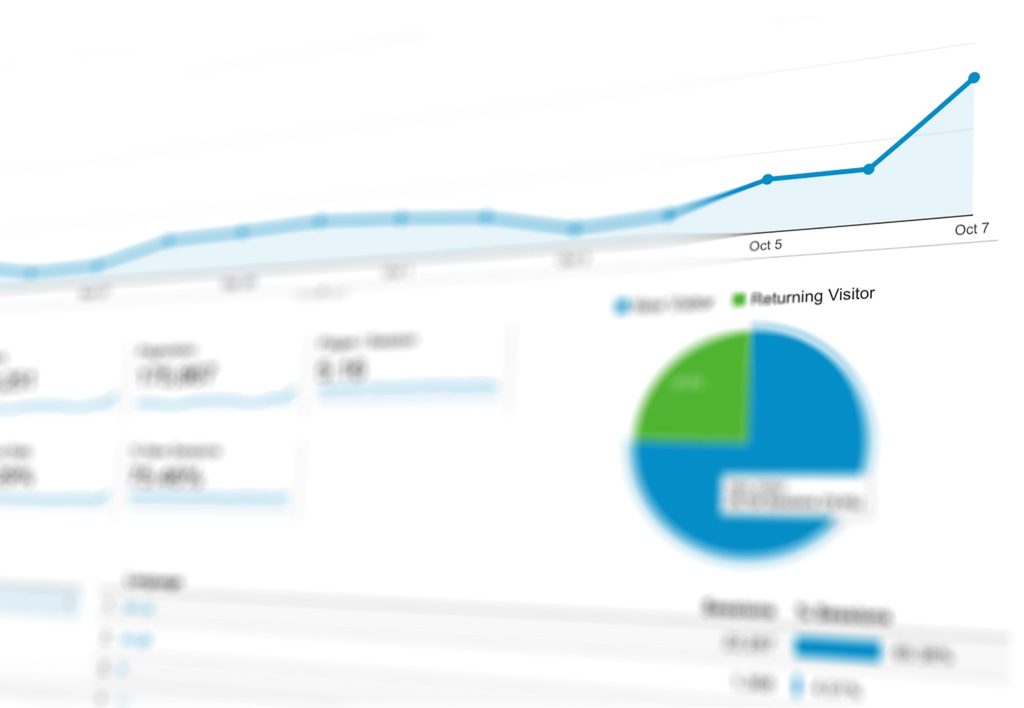Updating your website so that it doesn’t start looking dated or off-brand doesn’t necessarily mean that you have to undertake a site migration. In general, that’s pretty good news because it won’t affect all the hard work you put into Search Engine Optimisation (SEO). But when you do need to migrate, a careful SEO site migration process can help you to retain those precious search engine rankings.
What is a Site Migration?
A site migration means that you are implementing very significant changes that may affect your search engine rankings because they were based on the way your site used to be, and you’re altering it. The changes themselves could be very positive, but site migration is not a step you should consider unless it’s absolutely necessary.
Examples of things that may impact how search engines rank your site include its overall architecture, the CMS platform it is based on, and the server on which your site is located. Perhaps you’re rebranding and are changing your domain name – and that means that all your URLs will change too.
Site migration is a big step, and if simply redesigning an existing site will do, that could be a better option. Be sure to consider your options. If, having done so, your only option remains site migration, SEO migration strategies will help to minimise the impact of the changes.
Why Do You Need to Consider SEO in Website Migration?
Search engines send you the organic traffic that every website wants. When users search for certain terms online, search engines associate them with what you do, and allocate your site a ranking in the results they produce. The higher the ranking, the more people are likely to see it and visit your site.
It takes a lot of time and effort to achieve good rankings. Users see organic search results as being more trustworthy than paid ads, and once you’ve attracted them to your website, you can interest them in what you do and hope to turn them into customers. If you make drastic changes to your website without keeping SEO in mind, search engines may treat it like an altogether new website, and a badly-managed migration could even see you losing ground based on the technical SEO errors that can creep in.
It doesn’t have to be that way. A good SEO migration strategy can help you to retain your rankings so that you still attract users in organic search. To achieve this, your SEO migration strategy must be purposeful, thorough, and systematic.
Website Migration Checklist
SEO migration specialists will need in the region of three weeks to perform a successful migration. You can do it yourself, but do expect it to take longer, especially if you’re unfamiliar with some of the steps that form part of the SEO migration checklist. Here’s your roadmap.
Pre-Migration
1. Crawl the Site
Search engines “crawl” your site to evaluate it and rank it. To see what they’re seeing, you can use a crawler of your own to gather the information.
2. Benchmark Your Site
You don’t want to lose all your analytics when you migrate. Without them, you won’t be able to see how you’re doing. While you’re looking at analytics, identify your most powerful pages on your site and look at navigation patterns.
3. Map All Your URLs
After migration, search engines must be able to redirect visitors to your new website’s pages. If you’re entirely doing away with a page, look for a relevant one that users can be redirected to. Your web pages build up authority over time and they have a significant role to play in your current rankings. Seamless redirects can help you retain that. But before you can set up redirects, you need to know which URLs they apply to.
4. Check Titles, Meta-Descriptions and HTML Markup
Will your pages still keep all the information they had on the old version of your site after you migrate? These three basics will be important in maintaining a degree of uniformity in how search engines see you and how users experience your site.
5. Sandbox-Test Your Upcoming Migration
Before you commit to the final migration, do a test run to see how it’s going to work. You can do this on a test server and even take the site online briefly to see if everything seems to be OK.
Migration Day Checklist
6. Get Ready to Change The Site’s DNS Settings
If you’ve chosen new hosting, that means moving to a new server. Both your outgoing and upcoming hosting provider must coordinate the process with your IT team. Stay on top of the process.
7. Launch
Now that you’re nearly ready to go, it’s time to set up and implement your redirects. Unpublish the old content. During a DNS change, your site may be down, but it shouldn’t remain that way for long.
8. Crawl the Newly-Migrated Site
Crawling and indexing are prerequisites for your pages to be ranked in search. Crawl your newly-migrated site to see how migration went and whether search engines can crawl and index it.
9. Resolve Missing Content, Duplicate Content, and Broken Links
The crawl report may point you towards these SEO red flags. Attend to them as soon as you possibly can.
10. Resolve Redirect Chains
Since you want to redirect traffic from your previous site to the new version, you do want redirects, but not redirect chains. That means that users are automatically transferred to a series of URLs instead of just the new site’s content. It slows loading times, and that, in turn harms your rankings in search.
11. Check Your Google Analytics and Google Search Console
Both of these features must be working so that you don’t lose valuable data.
12. Save the Date
You’ll want to know how your site is performing after your migration. Save the date in the “annotations” section of Google Analytics.
13. Submit Your New Sitemap
Now that you’re fairly satisfied that your migrated website is crawler-friendly, it’s time to submit your sitemap in Google Search Console. But your SEO migration checklist isn’t finished yet.
Post-Migration
14. Watch your analytics
It’s likely that you will experience some dip in your SEO performance following migration, but you are hoping for a speedy recovery and further growth. Keep your finger on the pulse and look for signs you might have missed something that affects site performance.
15. Check Things out With Third-Party Tools
Third-party site auditing tools like SEMrush make site audits much easier and quicker. Use them to look for areas in need of improvement.
16. Check for external links to your old website
Backlinks from other sites are important for your off-page SEO. Follow them up and ask for updates. While you’re about it, check your own advertising to ensure that you’re using the latest URLs.
Migration is Easy – SEO Migration Isn’t
It’s easy enough to migrate a website – but if you don’t want to lose search engine rankings (and who does?) your website migration must be carefully planned and executed. It’s no exaggeration to say that getting it right entails a lot of time-consuming work. If you’ve reached a point where you need to migrate your website, using our professional SEO migration services not only saves you time, but helps you to protect your online authority and search engine rankings. Need a hand? Contact us today and let’s work together!









